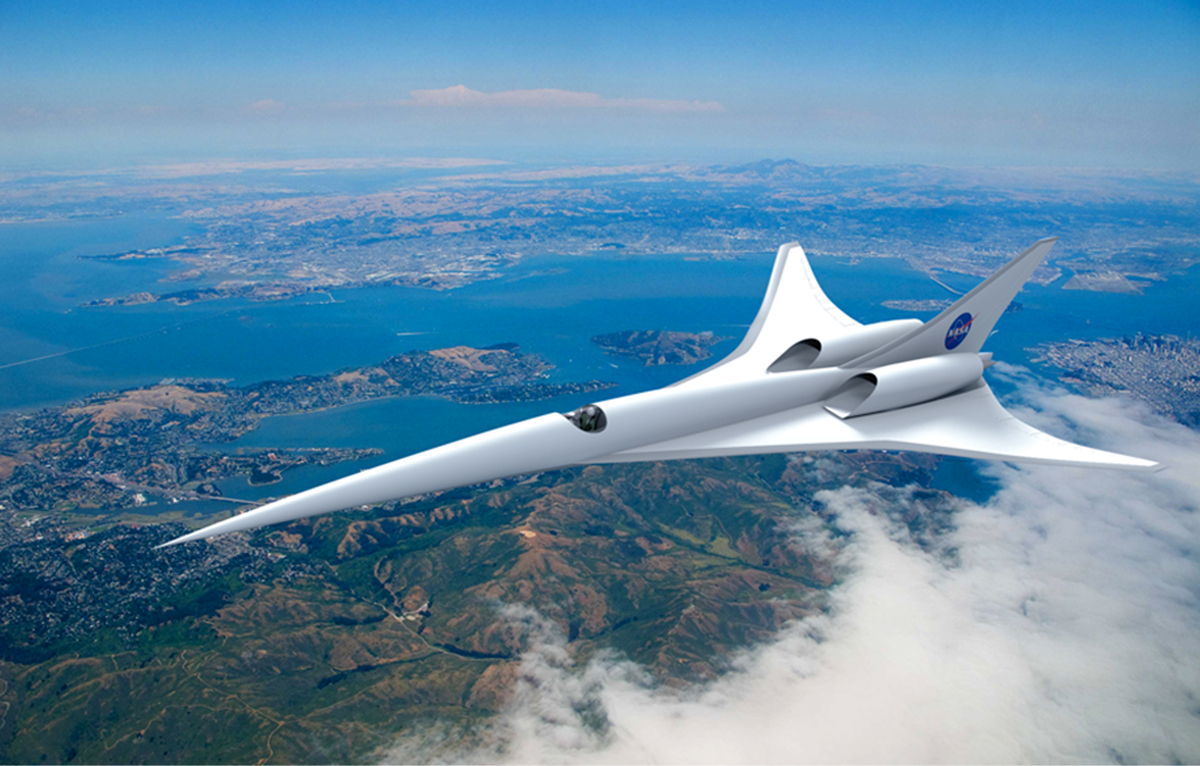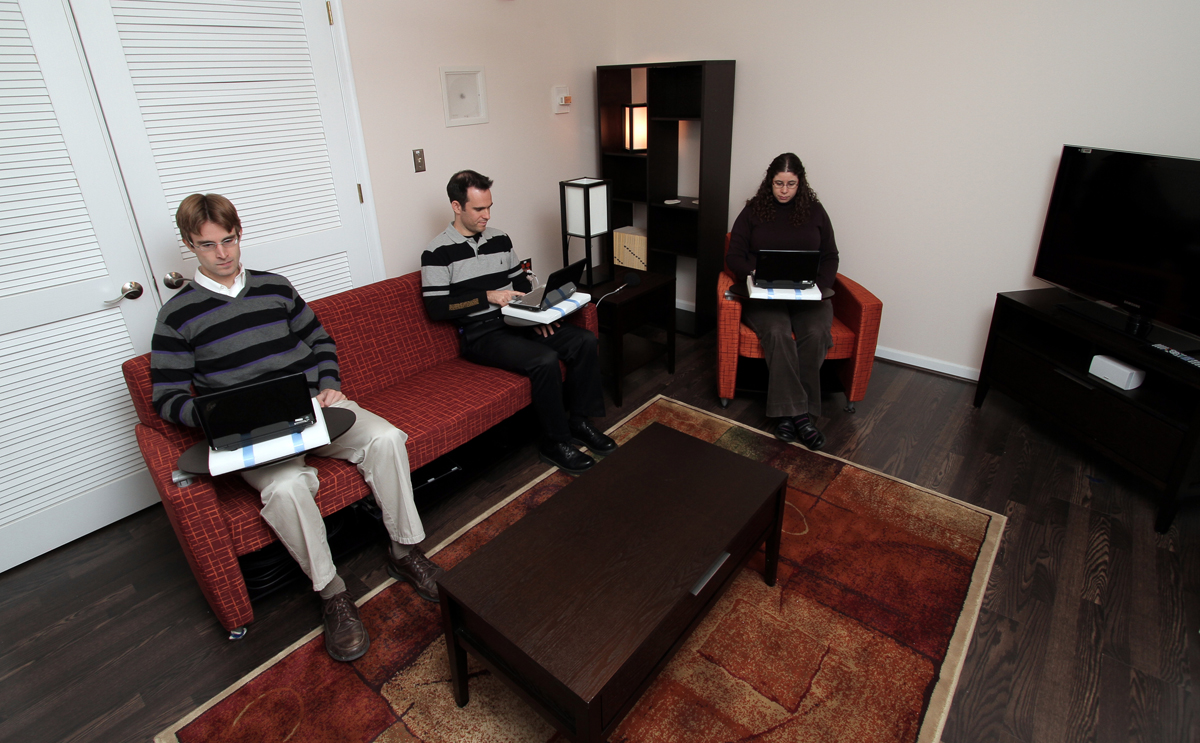
Alexandra Loubeau – a.loubeau@nasa.gov
Jonathan Rathsam
Jacob Klos
Structural Acoustics Branch
NASA Langley Research Center
MS 463
Hampton, VA 23681
Popular version of paper 5aNS1
Presented Friday morning, December 6, 2013
166th ASA Meeting, San Francisco
Continuing interest in flying faster than the speed of sound has led researchers to develop new tools and technologies for future generations of supersonic aircraft. One important breakthrough for these designs is that the sonic boom noise will be significantly reduced as compared to that of previous planes, such as the Concorde. Currently, U.S. and international regulations prohibit civil supersonic flight over land because of people's annoyance to the impulsive sound of sonic booms. In order for regulators to consider lifting the ban and introducing a new rule for supersonic flight, surveys of the public's reactions to the new sonic boom noise are required. Because the surveys must be conducted in a realistic environment, and a large number of responses are required, supersonic community overflights are necessary. For overflight studies, a quiet sonic boom demonstration research aircraft is proposed. A concept design for such an aircraft is shown in Fig. 1. The animation in Fig. 2 shows the aircraft in flight and illustrates the wide area along the supersonic flight path exposed to the sonic boom.

Fig. #1: Artist rendering of a preliminary NASA design for a low-boom demonstration aircraft, exhibiting a characteristic slender body and carefully shaped swept wings.
Click here for animation.
Fig. #2: Animation showing a 360-degree view of a preliminary NASA design for a low-boom demonstration aircraft, and a community flyover showing the area affected by sonic booms during supersonic flight.
To keep costs down, this demonstration plane would be small and only include space for one pilot, with no passengers. The smaller size and weight of the plane are expected to result in a sonic boom that would be slightly different from that of a full-size plane. The most noticeable difference is that the demonstration plane's boom will be shorter, which corresponds to less low-frequency energy. Before developing the demonstration plane and planning community studies, it would be helpful to understand if these boom differences are important.
The goal of the current study is to assess people's reactions, in the laboratory, to simulated sonic booms from small and full-size planes. Predictions of sonic booms were included for demonstration designs ranging from approximately 80 ft. to 125 ft. long and full-size designs ranging from approximately 170 ft. to 260 ft. long. Shown in Fig.3, the NASA Langley indoor sonic boom simulator that was used for this test reproduces realistic sonic booms at the outside of a small structure, built to model a corner room of a house. The sonic booms transmit to the inside of the room that is furnished to resemble a living room, which helps the subjects imagine that they are at home. Thirty volunteers from the community, in groups of three, rated the sonic booms on a scale ranging from "Not at all annoying" to "Extremely annoying". Thirty-five different sonic booms were played back at four different levels, for a total of 140 sounds. The ratings were converted to a numerical scale and averaged for each boom to obtain an estimate of the general public's reactions to the sonic booms.

Fig. #3: Inside of NASA Langley's indoor sonic boom simulator.
Preliminary analysis shows that when booms are played back at the same loudness level, no significant differences in annoyance are found for the booms from different size airplanes. Hence a boom from a demonstration plane is predicted to result in approximately the same level of annoyance as a full-size plane's boom, as long as they are of the same loudness level. This result confirms that loudness level can be used to evaluate aircraft designs, regardless of aircraft size.
While this preliminary analysis is promising, additional calculations are needed to confirm the conclusions. To make the experience more realistic, a future study will investigate people's reactions when the booms are presented with indoor rattle sounds that are expected when a house reacts to these sonic booms.
|